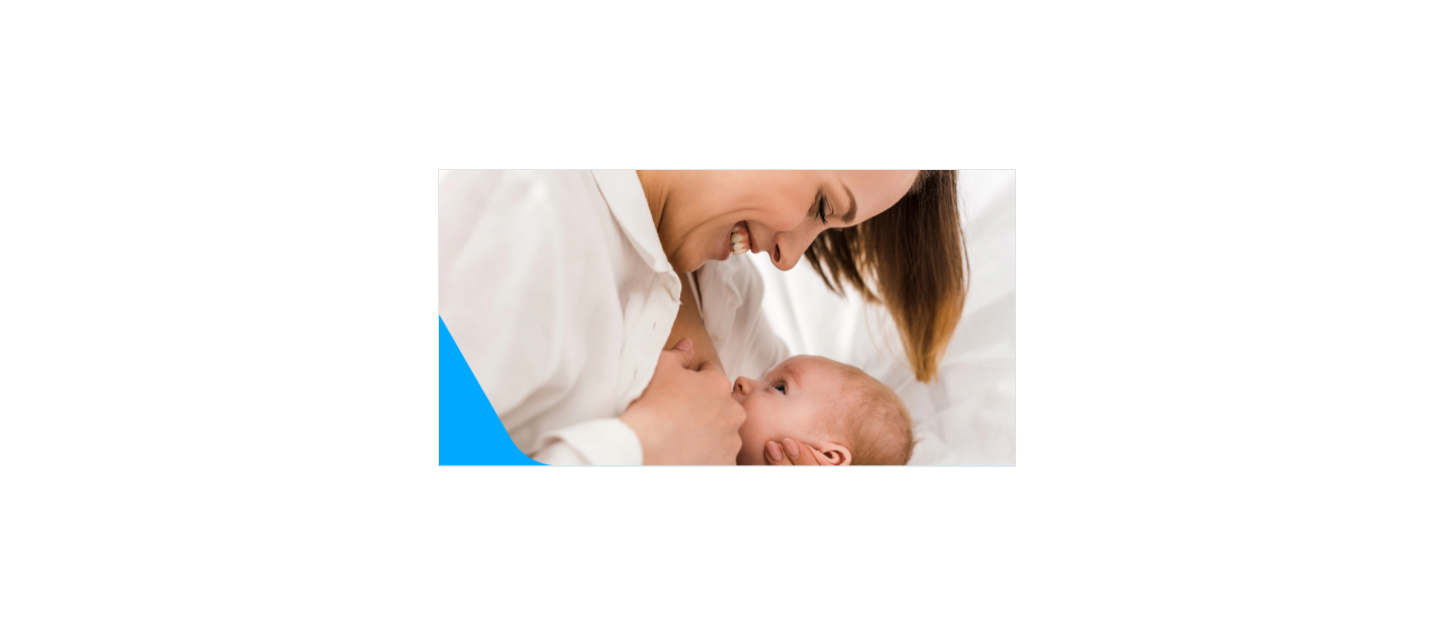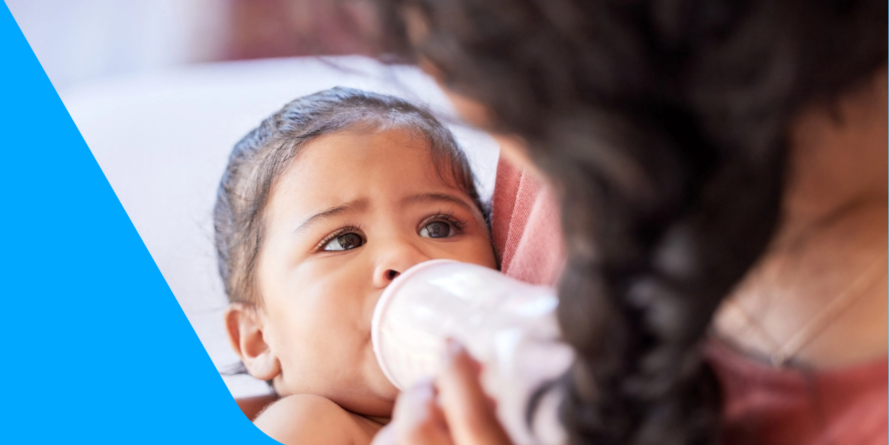Common breastfeeding issues and how to address them
Breastfeeding your baby is an incredibly loving, nurturing and rewarding bonding time. However, breastfeeding does also come with some inconveniences and challenges, that when addressed quickly, are only a minor hiccup in your feeding experience.
Engorged breasts
Engorged breasts happen when there is an excessive build up of milk in the breasts. It most commonly occurs in the first week of birth but can happen at other times such as when babies miss a feed. Breasts will feel uncomfortably full, throbbing and hard or lumpy. Cold packs, crushed ice in a plastic bag and frozen peas or corn wrapped in cloth applied between feedings can help to relieve some of the discomfort. Contact your doctor or lactation consultant if the pain persists or worsens.
Some of the main reasons breasts become engorged are:
When your milk first comes in, during the first few days after birth.
When you have a regular breastfeeding routine but can’t nurse or pump as much as usual.
If you suddenly stop breastfeeding.
When your baby suddenly starts breastfeeding less than usual for example when baby is starting or increasing solid foods or when your baby is ill and has a poor appetite.
To avoid engorgement, feed your baby often, and throughout the night. Let them nurse for 10–20 minutes on each breast. If, after feeding, your breasts are still full of milk you can also pump some of the excess milk.
Plugged ducts
A tender, red area on your breast near the areola is a sign that you have a plugged milk duct. Before each feeding, massage your breast, focusing on the firm area. Then nurse your baby right afterward and try to drain the affected breast.
Mastitis
Also known as a breast infection. Plug ducts can lead to mastitis. Symptoms are generally nipple discharge, redness, pus, fever, aches and fatigue.
To prevent mastitis empty your breasts regularly and ensure that you address any plugged ducts immediately. Avoiding tight clothing can also help. If you do show symptoms of a breast infection, call your doctor at once.
Problems with let-down
Let-down is when your breast releases the milk to your nursing baby. It takes place a couple of minutes after your baby begins nursing.
Not experiencing let-down can happen from any number of factors:
- Stress
- Fatigue
- Anxiety
- Your breasts are tender or painful
More often than not, problems with let-down are stress and anxiety related. Get some rest. Nurse in privacy, and try to clear your mind of stressful thoughts and obligations prior to and during feeding time. Apply warm compresses or a warm shower can also promote let-down. Spend a few moments looking into your baby’s beautiful eyes, letting your natural emotions take their course.
If you are having trouble with let-down when you are pumping, try looking at pictures of your baby and smelling an article of their clothing. Simply the smell of them can induce let-down.
If breast pain is a problem, work with your lactation consultant to review positions and latching on.
Leaking
Leakage is a frequent occurrence among breastfeeding mothers. The biggest issue with this is embarrassment as it tends to happen at the most inopportune time.
There is no surefire way to permanently stop leakage, but one thing you can do to try and temporarily stop it is wear absorbent breast pads in your bra.
Sore Nipples
Some nipple tenderness is normal during the first days of breastfeeding. Sore or cracked nipples are also common and easily treated. The best way to avoid sore nipples is to be sure your baby latches on properly. They should be sucking on your breast with your nipple far back in their mouth. Talk to your lactation consultant if you’re not sure.
The second way to help relieve sore nipples is to avoid excessive moisture on them in between feedings.
- Let your nipples completely air-dry.
- Don’t use nursing pads with plastic liners. These can trap moisture.
- Applying lotions or lanolin can help once the nipple is dry.
- Alternating breasts for a few feedings until the condition improves.
- Wash your breasts with warm water only. Soaps can be drying.
If the condition doesn’t improve, check with your doctor or lactation consultant. Please see your care provider immediately if you think your nipples are infected.
Breastfeeding support is available in your community. Ask your doctor, nurse, or midwife for help. Your local public health department can also help by referring you to lactation consultants or breastfeeding clinics in your area. Visit La Leche League Canada.








